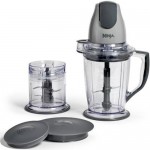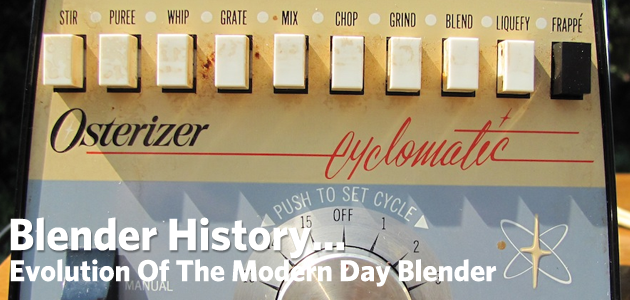
Nowadays, one rarely sees a kitchen without a blender. This is more so for households that tend to live a healthier lifestyle. Funny how a ubiquitous device can be put to so many uses and can so easily become an integral part of common life. We take blenders for granted as if it was always there with us but how did this unique kitchen appliance come about? It has gone through many developments and changes before it become what it is now. Let’s now take a more in-depth look at the history of this amazing helper.
Development of Blenders
As stated earlier, blenders have gone through many developments and changes. It can all be traced back to 1919, when a smart fellow by the name of Stephen J. Poplawski, owner of the Stevens Electric Company started designing drink mixers under a contract to another company. By 1922, his creation had been patented and used to create malted milkshake at soda fountains for Horlicks. He had also developed a liquefier blender in the same year, which turns soft solid food into liquid.
Poplawski’s invention had caught the imagination of the public leading many others to start creating similar devices and incorporating their own developments in it. Hamilton, Chester Beach and Fred Osius had reproduced the device under the name of Hamilton Beach Company. Their blender though was a reengineered work and it had part issues. Another gentleman, Fred Waring, come up with his own version of the blender, which lead to the rise of homemade ‘smoothies’. And it was Waring’s design that became the popular notion of a blender.
By 1937, the first generally approved and successful blender had been created and even tagged ‘The Blender’ by Vitamix. It was a reinforced blender with a stainless steel jar instead of the glass type that was previously used.
Suggested Blenders:
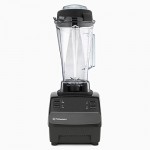
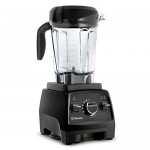
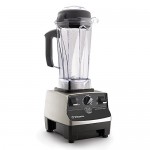
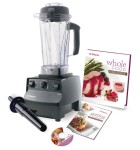
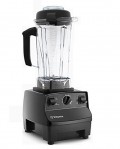
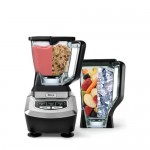

Blenders crossed borders by 1943, when a European of Swiss origin, Traugott Oertli developed a blender based on Waring’s current invention, calling it the ‘Turmix Standmixer’. He is also responsible for ‘Turmix Juicer’ which is a blender that turns vegetables into juice. He was an advocate of healthy lifestyle and with the help of his device, he introduced the concept of blended and juiced diet.
Various types of blender have ever since been sprouting up. In South America, by 1944, another version of blender was developed based on Oertli’s latest design. Walita, the proponent of the blender phenomenon in Brazil had even reached the million-blenders-sold mark in just a few years after they have released their own version.
The famous Osterizer blender that we know was also developed some time during 1946 under the leadership of John Oster who was then owner of a barber equipment company. While the company has ever since sold many models successfully, the Osterizer blender continues to linger in the crowd’s perception as the people’s favourite.
Blenders have truly come a long way from manual to the mechanical type that only needs a simple press of a button. Eariler, it had limited functions, but now there are plenty to choose from. The latest sensation was with Dickson’s internet campaign ‘Will it Blend?’
The development of the blender is a mixture of many great minds working in isolation towards a common objective – simplifying kitchen life. And decades of research of innovation has managed to make this ubiquitous device a mainstay of the kitchen cadre.

